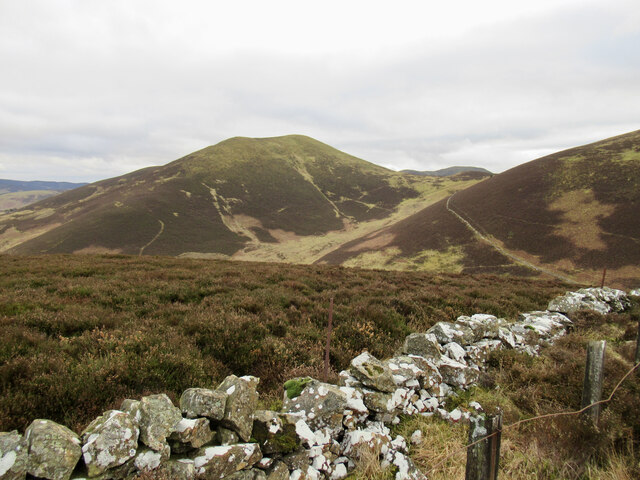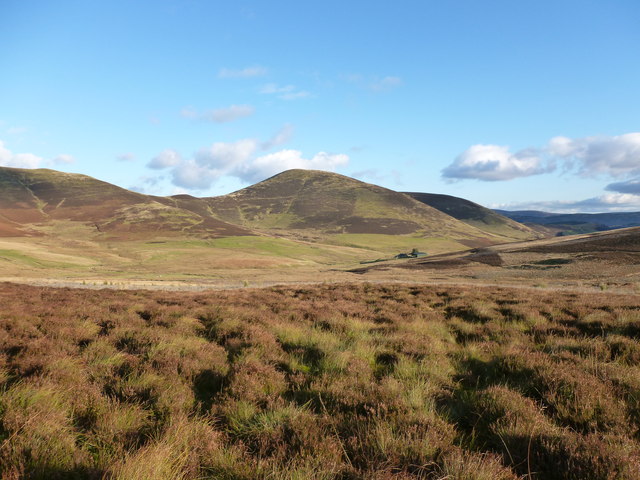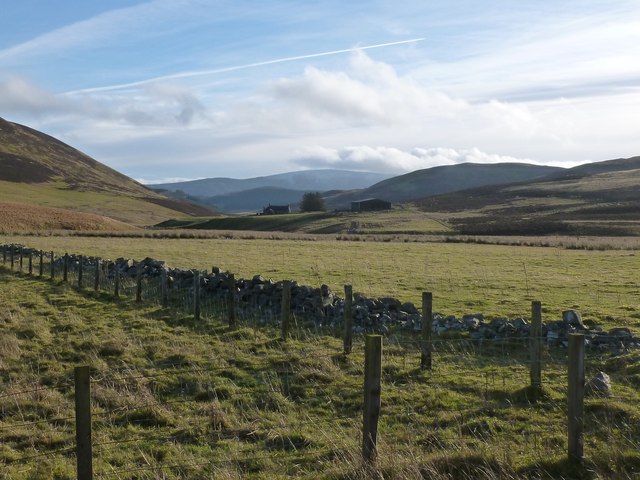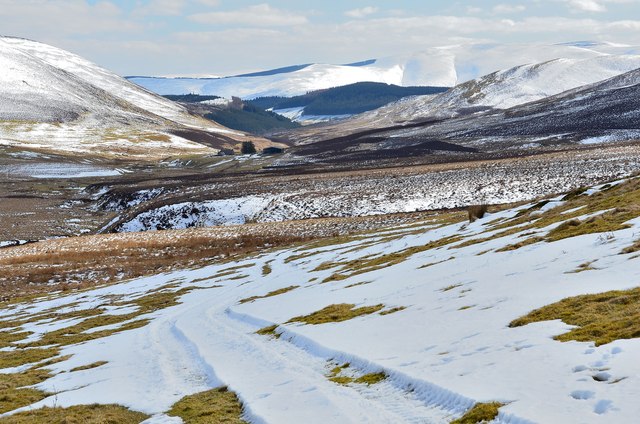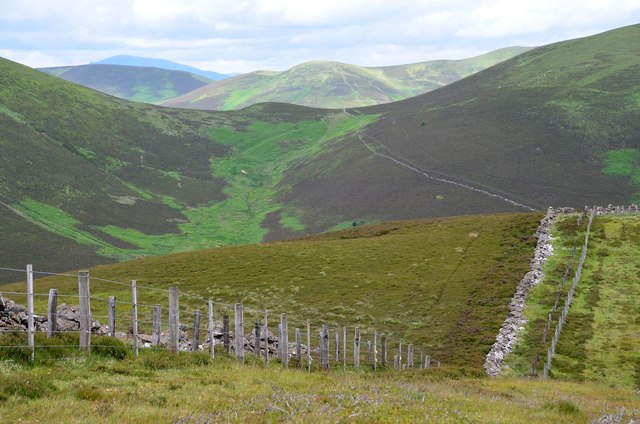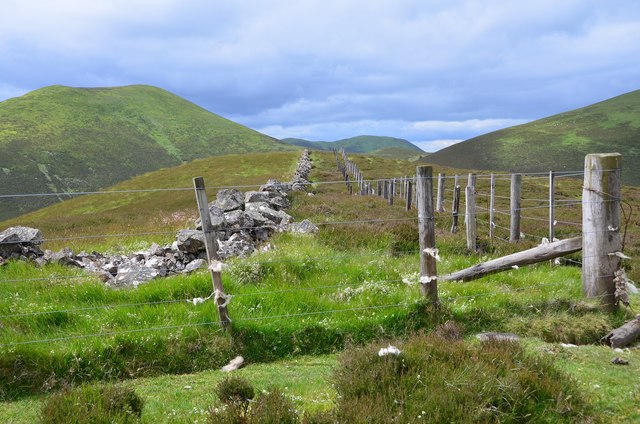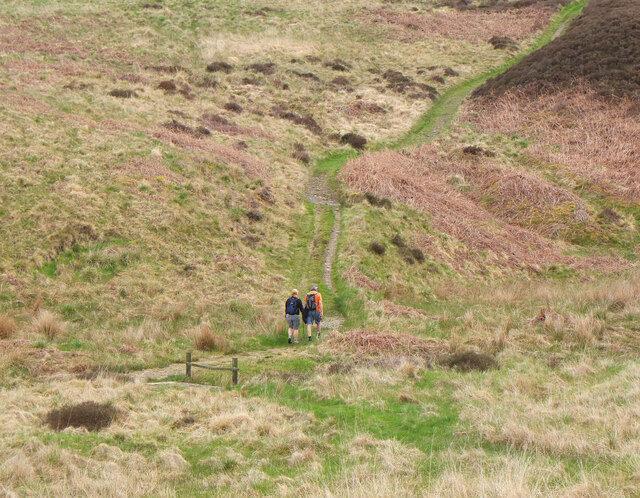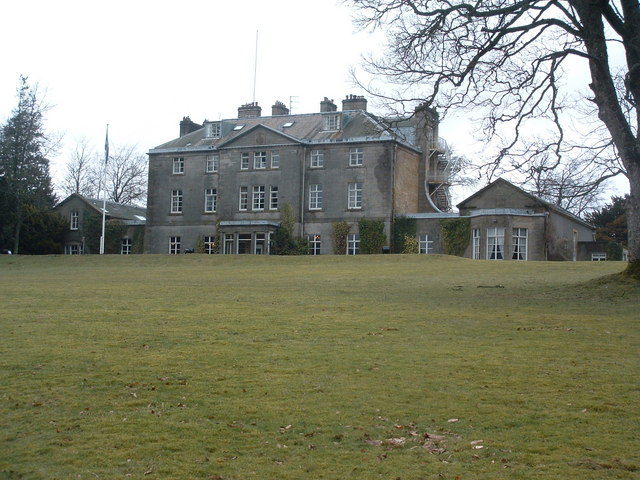Gilshmuir Cleuch
Valley in Peeblesshire
Scotland
Gilshmuir Cleuch
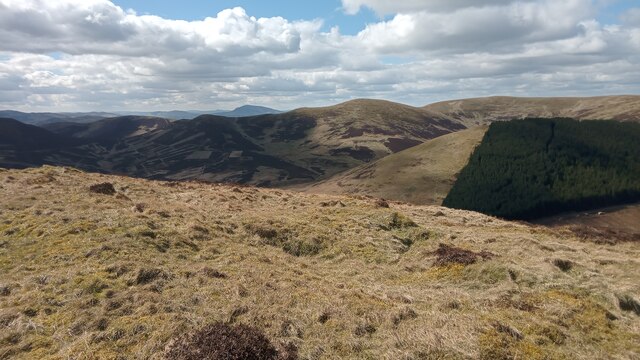
Gilshmuir Cleuch is a picturesque valley located in Peeblesshire, Scotland. Situated in the Southern Uplands, it is surrounded by rolling hills and offers stunning views of the surrounding countryside. The cleuch, a Scottish term for a steep-sided valley, is known for its natural beauty and tranquil atmosphere.
Covering an area of approximately 2 square kilometers, Gilshmuir Cleuch is home to a diverse range of flora and fauna. The valley is characterized by lush greenery, including native trees such as oak, birch, and rowan. Wildflowers, such as bluebells and primroses, add bursts of color to the landscape during the spring and summer months.
The cleuch is intersected by a small river that meanders through the valley, creating an idyllic scene. The river is home to various species of fish, including trout and salmon, making it a popular spot for anglers.
Gilshmuir Cleuch is also known for its walking trails, which attract both locals and tourists alike. The paths wind through the valley, offering visitors the opportunity to explore its natural wonders at their own pace. The cleuch is particularly famous for the Gilshmuir Cleuch Loop, a circular trail that allows hikers to experience the diversity of the landscape while enjoying breathtaking views.
Due to its remote location, Gilshmuir Cleuch offers a peaceful retreat away from the hustle and bustle of city life. The valley provides a unique opportunity to immerse oneself in nature and enjoy the tranquility of the Scottish countryside.
If you have any feedback on the listing, please let us know in the comments section below.
Gilshmuir Cleuch Images
Images are sourced within 2km of 55.654522/-3.3607056 or Grid Reference NT1440. Thanks to Geograph Open Source API. All images are credited.

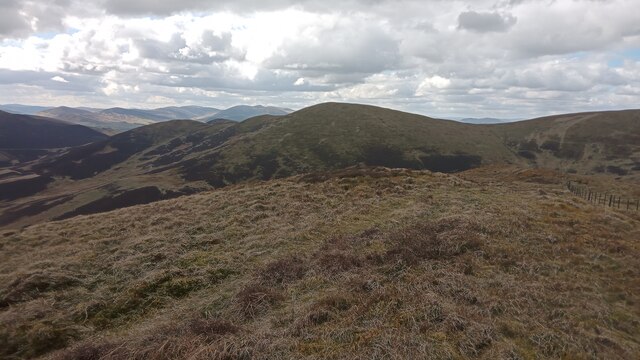
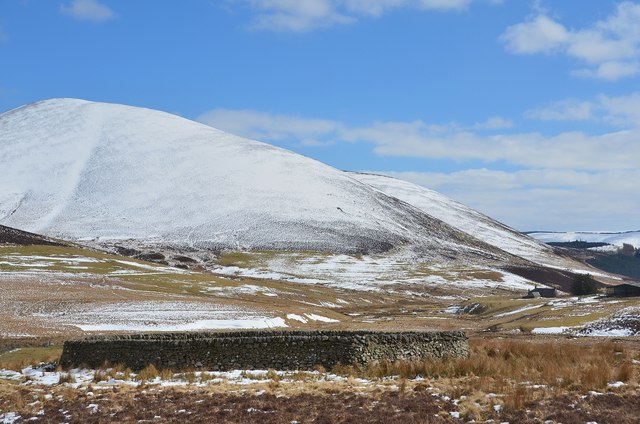
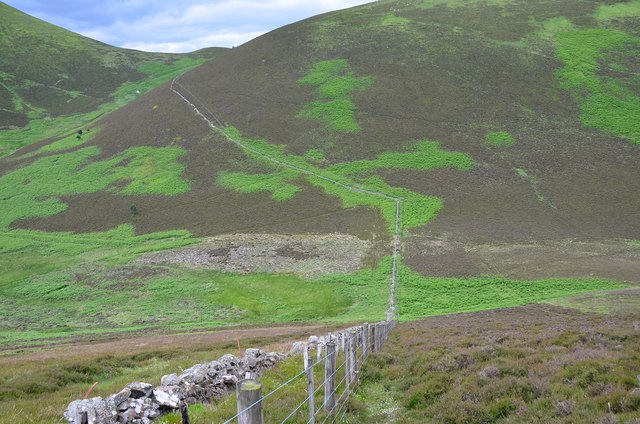
Gilshmuir Cleuch is located at Grid Ref: NT1440 (Lat: 55.654522, Lng: -3.3607056)
Unitary Authority: The Scottish Borders
Police Authority: The Lothians and Scottish Borders
What 3 Words
///protects.hitters.crafts. Near West Linton, Scottish Borders
Nearby Locations
Related Wikis
Tarth Water
The Tarth Water is a river in Peebleshire, in the Scottish Borders. It forms part of the River Tweed system. The river with a total length of 7.1 miles...
Drochil Castle
Drochil Castle is a ruined castle in the Scottish Borders. It is located above the Lyne Water, 10 kilometres (6.2 mi) north-west of Peebles, and 8 kilometres...
Castle Craig Hospital
Castle Craig Hospital is a private residential drug and alcohol rehabilitation clinic. It is located in Peeblesshire, Scotland. Castle Craig is an 18th...
Kirkurd
Kirkurd is a parish in Peeblesshire in the Scottish Borders situated 3 miles south-east of Dolphinton and 6 miles north-east of Broughton. Tarth Water...
Nearby Amenities
Located within 500m of 55.654522,-3.3607056Have you been to Gilshmuir Cleuch?
Leave your review of Gilshmuir Cleuch below (or comments, questions and feedback).
